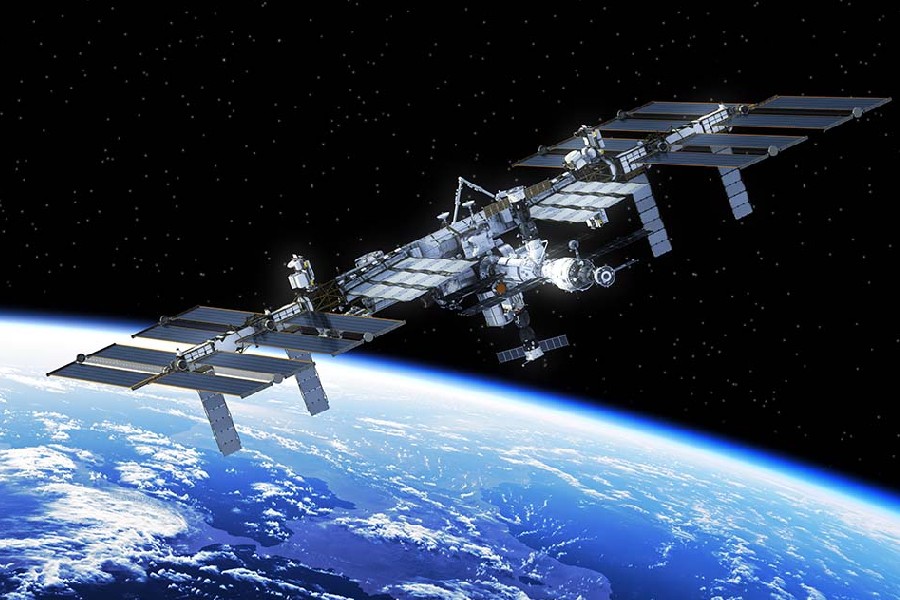When we gaze up at the cosmos above, it’s easy to feel small and isolated down here on Earth. Yet humanity has managed to reach out and touch the stars thanks to groups that epitomize the pinnacle of exploration.
Space agencies represent the elite scientific and engineering communities pushing the boundaries of knowledge. Their missions into the unknown have accelerated our understanding of the universe exponentially.
Get ready to discover the trailblazers who ventured where no one has ever gone before. We’ll learn about famous space programs like NASA, ESA, Roscosmos, and more. Uncover their greatest triumphs and most heart-wrenching disasters.
You’ll find out how international cooperation has strengthened space exploration across institutional borders and superpower politics. See how funding constraints and competing directives make their incredible achievements even more outstanding.

Top Space Agencies in the World
How many space agencies are there, and what are some of the biggest space agencies?
NASA is a pioneering space agency known for historic achievements like the Apollo moon landings. The European Space Agency (ESA) collaborates with European nations for diverse space missions. Russia’s Roscosmos has a rich space legacy, launching the first artificial satellite, Sputnik, and sending Yuri Gagarin into space.
China’s CNSA is rapidly advancing with ambitious projects, including crewed missions and lunar exploration. India’s ISRO made history on August 23, 2023, by achieving its first soft landing on an extraterrestrial body with Chandrayaan-3, marking the first successful landing near the lunar south pole.
These agencies collectively drive advancements in space science and technology.
The evolution of space agencies: Navigating through history
The 1950s marked the beginnings of human spaceflight, with the U.S. and Soviet Union founding NASA and Roscosmos during the Cold War Space Race. These agencies drove early milestone missions.
More countries established space agencies over time as technology advanced. Cooperation between agencies increased due to budget constraints and reciprocal expertise. Today, around 75 space agencies exist worldwide, having opened global access to space through their continued evolution.
Pioneers of the Cosmos: A Glimpse Into the Biggest Space Agencies
Russia’s Space Agency (Roscosmos)
Roscosmos originated from the Soviet space program founded in 1955. It drove key firsts like Sputnik and piloted orbital flights. Today, Roscosmos leads in rocket technology and manages the Russian segment of the ISS. It continues breakthrough research despite budget woes.
Beyond human spaceflight, Roscosmos conducts advanced science missions too. Projects range from astrophysics to lunar and planetary studies across the solar system. Commercial satellite launches also remain a strong suit globally.
United States Space Agency (NASA)
Created in 1958 per the Space Race, accomplishments under NASA’s belt are unmatched. From Apollo to the Space Shuttle and ISS, it pioneered human spaceflight firsts. Flagship science probes study Mars and beyond. NASA retains global leadership today.
NASA aims to sustain groundbreaking exploration across solar system bodies. The Artemis program initiates new lunar landings this decade, and future astronaut missions to Mars are also being strategized as key priorities going forward.
India’s Space Agency (ISRO)
Established in 1969, ISRO built India’s space program from scratch. Today, it’s renowned for record-breaking satellite launches and Mars Orbiter Mission. Priorities include telemedicine, mapping, and plan for manned flights ahead. Space commercialization is also underway.
ISRO’s strategic roadmap also eyes Venus exploration and solar studies in the future. Space tech innovations at ISRO aim to catalyze economic growth and improve livelihoods across India through beneficial applications too.

The European Space Organization (ESA)
ESA was founded in 1975 to pool the space efforts of European nations. Key focuses include telecom satellites, meteorology, space science probes, and launchers. ESA enables collaboration on flagship endeavors like the ISS through accords.
Beyond the ISS and Earth observation, ESA makes impacts across the solar system, too. The Mars Express orbiter, Rosetta’s comet lander, and JUICE’s Jupiter icy moon explorer showcase deep space science strengths as well.
China’s National Space Agency (CNSA)
Formed in 1993, CNSA rapidly grew China’s space program over 30 years. Milestones include manned flights, lunar rovers, BeiDou navigation, and space station modules. CNSA’s goals drive autonomous tech and industrial capabilities as its global collaboration is increasing.
CNSA’s strategic plans extend into crewed lunar landings, Mars probes, Jupiter exploration, and cutting-edge space science applications. Rapid growth aims to establish China as a science and economic space power this decade.
United Kingdom’s Space Agency (UKSA)
Established in 2010, UKSA channels Britain’s space efforts. Priorities include satellites, robotics, and climate change research done with the ESA. Post-Brexit plans to spur growth in homegrown launch capabilities.
UKSA also fosters commercial space startups through targeted incubation schemes and incentives for space tech innovators. Orbital launch development, as well as microgravity research, are receiving focused investment too.
Conclusion
We hope reading this article has helped deepen your knowledge about space agencies and the critical roles they play in space exploration. As we have seen, national space agencies like NASA, ESA, Roscosmos, and ISRO spearhead humanity’s journey of cosmic discovery across our solar system and beyond.
From launching advanced telescopes to sending daring robotic missions across millions of miles, space agencies expand our understanding of the universe and planet Earth.
Although the future remains uncertain, the technologies, scientific research, and spirit of adventure cultivated by space agencies will serve humanity for generations to come.
We are all better equipped to appreciate the marvels of the cosmos thanks to the hard work and vision channeled through major space agencies and international cooperation advancing space science frontiers.
